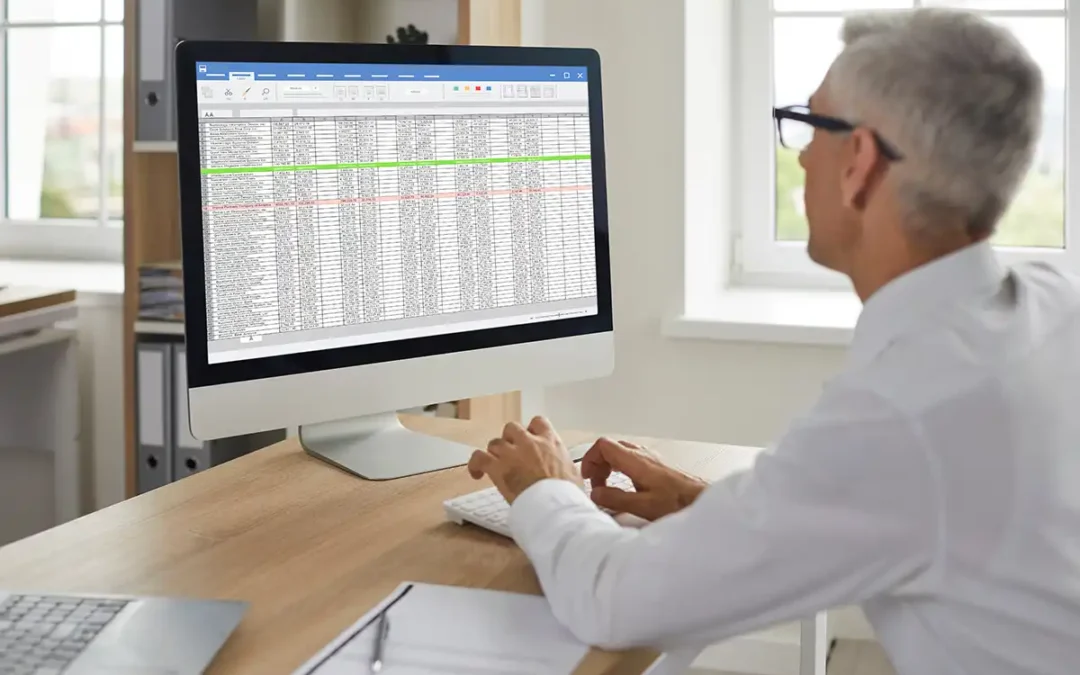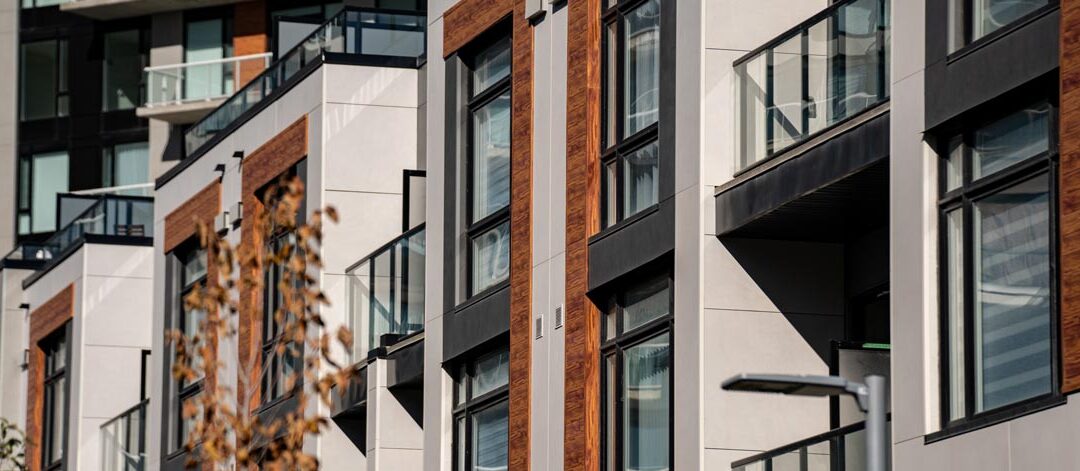The One Big Beautiful Bill Act (OBBBA) introduces sweeping changes to the Qualified Opportunity Zone (QOZ) program, fundamentally altering how investors and communities benefit from the program. Most notably, the OBBBA eliminates the program’s previous sunset date of December 31, 2026, making the QOZ program permanent. In addition to removing the expiration, the Act revises critical elements of QOZ structure, eligibility, and incentives—many of which take effect on January 1, 2027, and are not retroactive.
Background: What Is the QOZ Program?
The Opportunity Zones (OZ) program was originally created under the 2017 Tax Cuts and Jobs Act to stimulate long-term investment in underserved communities across the U.S. Through a variety of tax incentives, it encourages the reinvestment of capital gains into designated Qualified Opportunity Zones to promote economic growth in low-income areas.
Rolling 10-Year QOZ Designations
A major change under the OBBBA is the transition from a single, static expiration date to a rolling 10-year designation cycle for each Qualified Opportunity Zone. Starting July 1, 2026:
-
State governors may nominate eligible census tracts, which must then be certified by the Secretary of the Treasury.
-
Each approved QOZ designation lasts for 10 years.
-
The first cycle will run from January 1, 2027, through December 31, 2036.
This change allows for continuous re-evaluation and targeted designation of QOZs.
Stricter Eligibility Criteria for QOZs
The OBBBA tightens the definition of “low-income community”, raising the bar for what qualifies as a QOZ:
-
Non-metropolitan areas: Median family income must not exceed 70% of the statewide median.
-
Metropolitan areas: Median family income must not exceed 70% of the metro area median.
-
Alternative qualification: A poverty rate of at least 20% and median income not exceeding 125% of the applicable median.
Key eliminations under the OBBBA:
-
No longer allows contiguous non-low-income tracts to receive QOZ status.
-
Ends the special designation rule for Puerto Rico, which had automatically qualified all low-income tracts.
The existing limit—capping QOZs at 25% of a state’s low-income census tracts—remains, but now applies to each 10-year cycle (except in states with fewer than 100 low-income tracts).
Updated Capital Gain Deferral Rules
The OBBBA replaces the previous fixed capital gain deferral deadline of December 31, 2026, with a rolling 5-year deferral window:
-
Capital gains invested in a Qualified Opportunity Fund (QOF) are now deferred until the fifth anniversary of the investment (or earlier if sold or disposed).
This flexible structure better accommodates future investments into QOFs.
Modified Basis Step-Up Rules
The original QOZ rules provided for:
-
A 10% basis step-up after 5 years, and
-
An additional 5% after 7 years.
The OBBBA simplifies this by eliminating the 7-year step-up. Now:
-
Investors receive a 10% basis increase just before the gain is recognized (after five years).
New Incentives for Rural Investment: QROFs
The One Big Beautiful Bill Act also introduces Qualified Rural Opportunity Funds (QROFs)—a new category of QOFs designed to promote rural development. To qualify as a QROF, a fund must:
-
Invest 90% of its assets in QOZ property located within a rural area.
-
A rural area is defined as one outside a city or town with a population over 50,000 and not adjacent to an urbanized area.
QROFs enjoy enhanced benefits:
-
30% basis increase after 5 years (compared to 10% for standard QOFs).
-
Reduced substantial improvement requirement—only 50% (vs. 100%) of the adjusted basis must be reinvested into the property.
30-Year Cap on Tax-Free Gains
Under the original QOZ program, gains could be excluded from tax after holding the QOF investment for 10 years. The OBBBA retains this benefit, but adds a cap:
-
Tax-free treatment ends after 30 years.
-
After 30 years, gains accrued are taxable, as the investor’s basis is fixed at the fair market value on the 30-year anniversary.
Enhanced Reporting Requirements and Penalties
To ensure compliance and transparency, the OBBBA introduces new reporting requirements under IRC Sections 6093K, 6039L, and 6726:
-
QOFs and investors must provide expanded disclosures.
-
Penalties will apply for noncompliance, signaling a more robust enforcement environment for the QOZ program.
Final Thoughts: The Future of the QOZ Program Under the OBBBA
The One Big Beautiful Bill Act represents a significant step forward in reforming and extending the Qualified Opportunity Zone program. With updated eligibility standards, enhanced incentives for rural investment, and more flexible deferral rules, the OBBBA aims to create a more effective and accountable program for the long term.
Investors, developers, and communities should prepare now for these changes—most of which take effect starting January 1, 2027—to maximize future opportunities within the new QOZ framework.





